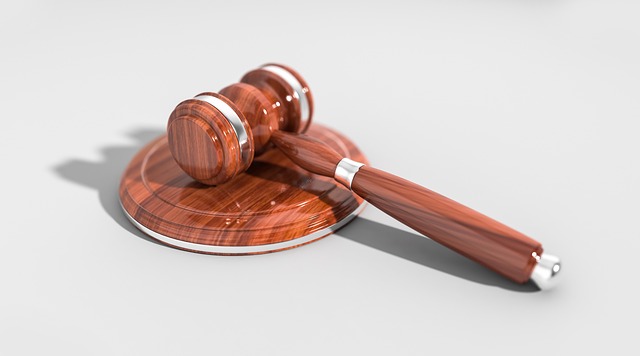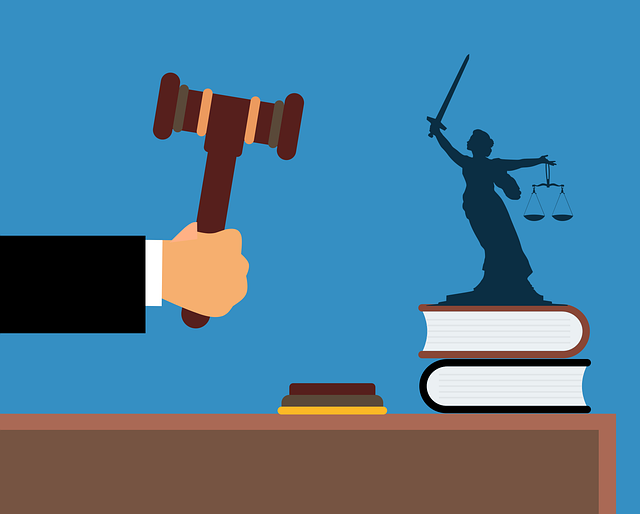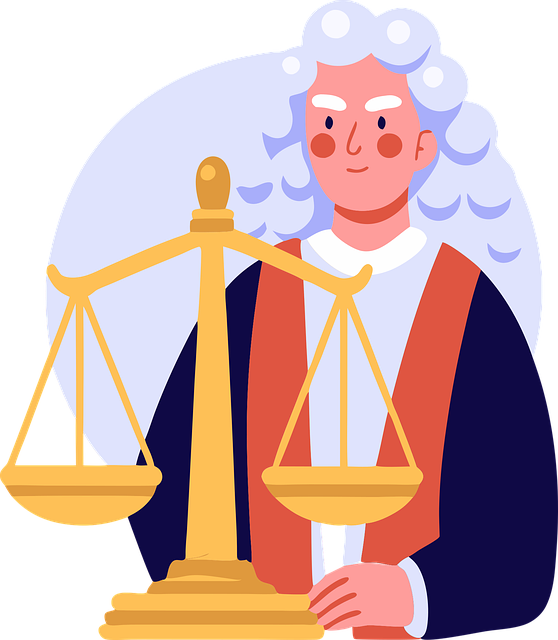Determining car accident fault is crucial for understanding legal rights and responsibilities, with jurisdictions attributing liability based on driver behavior, road conditions, and vehicle maintenance. Recognizing your role impacts subsequent legal processes and potential financial obligations. Gathering comprehensive evidence, including photos, witness details, medical records, insurance policies, and expert opinions, builds a strong case. Effective communication with a lawyer, involving clear dialogue, prompt responses, and sharing relevant details, enhances chances of favorable outcomes, especially for complex cases like nursing home neglect or homeowner insurance claims.
Navigating the complexities of a car accident can be daunting, especially when determining fault. This article guides you through understanding your legal rights and responsibilities in fault-related cases. We delve into building a strong case, emphasizing evidence and documentation as cornerstones for fault determination. Furthermore, we explore the collaboration between you and your lawyer, highlighting effective communication strategies for achieving successful outcomes in car accident fault issues.
- Understanding Car Accident Fault: Your Legal Rights and Responsibilities
- Building a Strong Case: Evidence and Documentation for Fault Determination
- Collaboration with Your Lawyer: Effective Communication for Successful Outcomes
Understanding Car Accident Fault: Your Legal Rights and Responsibilities

When it comes to car accidents, understanding fault is a crucial step in knowing your legal rights and responsibilities. In many jurisdictions, the concept of “at-fault” refers to the party legally liable for causing a collision. This determination involves a thorough examination of the circumstances surrounding the accident, including driver behavior, road conditions, and vehicle maintenance. If you’ve been involved in a car accident, it’s essential to recognize that fault isn’t always clear-cut; various factors can contribute, such as distracted driving, speeding, or mechanical failures.
Knowing your role in an accident is significant because it influences the subsequent legal process. For instance, if found at-fault, you may face financial obligations like compensating the other party for damages, medical bills, and property repairs. Conversely, if another driver’s negligence is determined to be the primary cause, you might be protected by their insurance coverage or even your own homeowner insurance claims in certain cases. Understanding these dynamics empowers individuals to navigate post-accident scenarios more effectively and protect their legal interests.
Building a Strong Case: Evidence and Documentation for Fault Determination

Building a strong case for car accident fault involves gathering comprehensive evidence and documentation. After a collision, it’s crucial to promptly secure and preserve relevant information. This includes taking detailed photos of the damage to all vehicles involved, collecting contact details from witnesses, and obtaining medical records if injuries occurred. These initial steps form the backbone of your claim.
Additionally, gathering documents like insurance policies, maintenance records for vehicles, and any prior accidents or repairs can strengthen your argument. In cases involving property damage claims or medical negligence, expert opinions and detailed reports can significantly enhance your case. Remember, demonstrating clear fault through these means is essential to achieving a favorable outcome, whether it’s compensating for personal injuries or resolving fiduciary duty breaches.
Collaboration with Your Lawyer: Effective Communication for Successful Outcomes

Effective communication is key when working with a lawyer on car accident fault issues. Collaboration starts with clear and open dialogue about your case. Share all relevant details, including medical records, police reports, and witness statements. Keep your attorney informed about any changes in your condition or new evidence that may impact your case. Regular meetings and prompt responses to their inquiries ensure a seamless working relationship.
Remember, your lawyer is there to guide you through the legal process, but they rely on your input to build a strong case. Be transparent about your expectations, concerns, and goals. If you’re facing complex issues like nursing home neglect or homeowner insurance claims, their expertise will be invaluable in navigating these challenges. This collaborative approach enhances your chances of achieving favorable outcomes, especially when dealing with serious injuries that require extensive compensation.
When dealing with car accident fault, understanding your legal rights and responsibilities is crucial. By gathering robust evidence and documenting key details, you can build a strong case. Effective collaboration with your lawyer through open communication ensures a successful outcome. Remember, the goal is to navigate the legal process seamlessly while advocating for justice and compensation in the event of a car accident.





